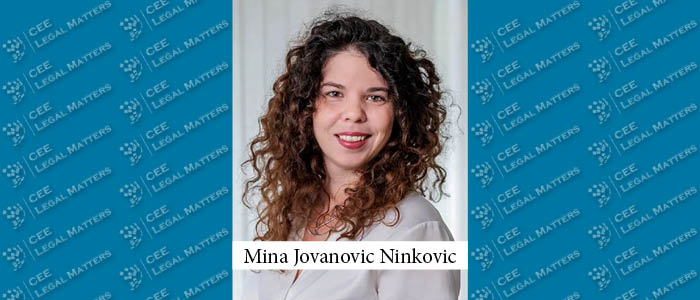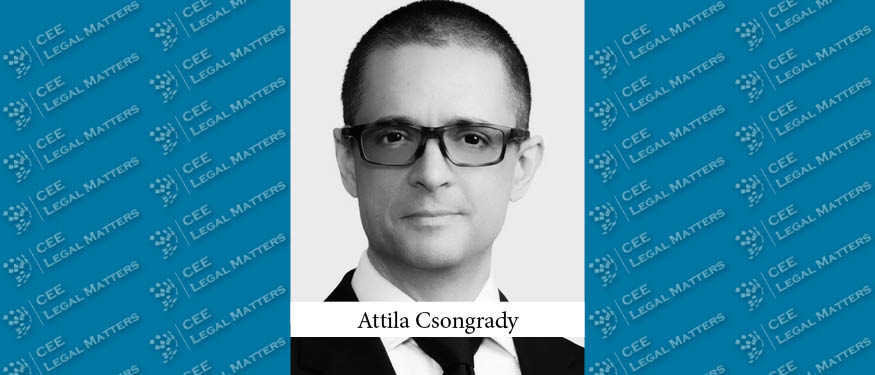Unlike many neighboring countries, the Trademark Law of Bosnia and Herzegovina explicitly addresses bad faith trademark applications as both relative grounds for refusal and as a basis for contesting a trademark through court proceedings. In other words, trademark applications filed contrary to the principles of good faith and fair dealing can be challenged either through an opposition before the Institute for Intellectual Property or by filing a lawsuit before the competent court. While this dual system theoretically provides two distinct avenues of recourse, practical experience shows that both mechanisms tend to merge into a single, judicially driven process. Below, we analyze the key lessons drawn from recent case law concerning bad faith trademark filings.
Differences Between Administrative and Judicial Procedures
The formal distinction between these two procedures lies in the forum and the outcome. In the administrative opposition or invalidation procedure before the Institute, the case concludes with a decision refusing the bad faith application or invalidating the registered mark. In contrast, judicial proceedings focus on proving the bad faith of the applicant through litigation. If successful, the court issues a judgment recognizing the plaintiff as the rightful owner of the application or registration.
Practical Convergence of the Mechanisms
In practice, however, these two mechanisms often converge. This is because the Institute does not make an independent assessment of bad faith. Instead, it directs the parties to resolve this issue in court. Consequently, regardless of whether the challenge begins administratively or judicially, proving bad faith through court proceedings becomes a requirement in each case.
Criteria for Assessing Bad Faith
The courts assess bad faith based on several key criteria, which are applied consistently. These include:
- Timing of the Application: Whether the trademark application was filed with the intent to infringe upon existing rights, or to block a competitor’s market entry.
- Similarity or Identity of the Marks: The degree of similarity or identity between the contested trademark and the one used by the plaintiff, which can suggest an attempt to exploit the reputation of an existing brand.
- Knowledge of Prior Use: Whether the applicant was aware of the earlier use of the mark by the plaintiff or had prior knowledge of the brand’s reputation in the market.
- General Knowledge of the Industry: The applicant’s familiarity with the industry in which the mark is used, and the length of time the plaintiff has been using the mark in that particular market.
- Business Relationship Between the Parties: Any direct or indirect business relationships between the applicant and the plaintiff that might indicate an attempt to benefit from the plaintiff’s goodwill or reputation.
- Other Circumstances of the Specific Case: Any additional circumstances surrounding the application that might suggest bad faith, such as a pattern of filing conflicting trademarks or acting in a manner detrimental to fair competition.
The Logical Inconsistency of the Dual Procedure
Here lies the central issue: despite the dual procedural avenues available, both the opposition and court proceedings require the same evidence and aim to prove the same fact — that the trademark application or registration was filed in bad faith. The key distinction is that if an opposition is filed before the Institute, the Institute will, in most cases, refer the parties to court to determine the bad faith. In other words, the applicant must still go to court to prove bad faith, which can take no less than a year in the first instance.
Given this reality, the question arises: why would a party initiate an opposition procedure and incur additional costs for the administrative process if the only effective solution is to file a lawsuit? After the Institute refers the matter to court, the same result could be achieved — the plaintiff may even have the possibility of having the trademark transferred to them if successful in the litigation. Once the court decision is rendered, the plaintiff can either abandon the trademark or simply withdraw the registration/application, essentially achieving the same result as in the opposition procedure.
Practical Implications and Future Considerations
This creates a logical inconsistency in the practice of local authorities, where parties are effectively required to follow a redundant, time-consuming, and costly path, rather than directly pursuing the court procedure, which offers the same (and often more comprehensive) remedy. This contradiction suggests that the opposition mechanism, while legally provided for, has limited practical value and could be streamlined or reconsidered in future interpretations of the law. As the case law evolves, it is crucial for trademark holders to be aware of this reality and to prepare for court proceedings as the primary and often only effective avenue for addressing bad faith trademark filings.
By Mina Jovanovic Ninkovic, Senior Counsel, ZMP

















